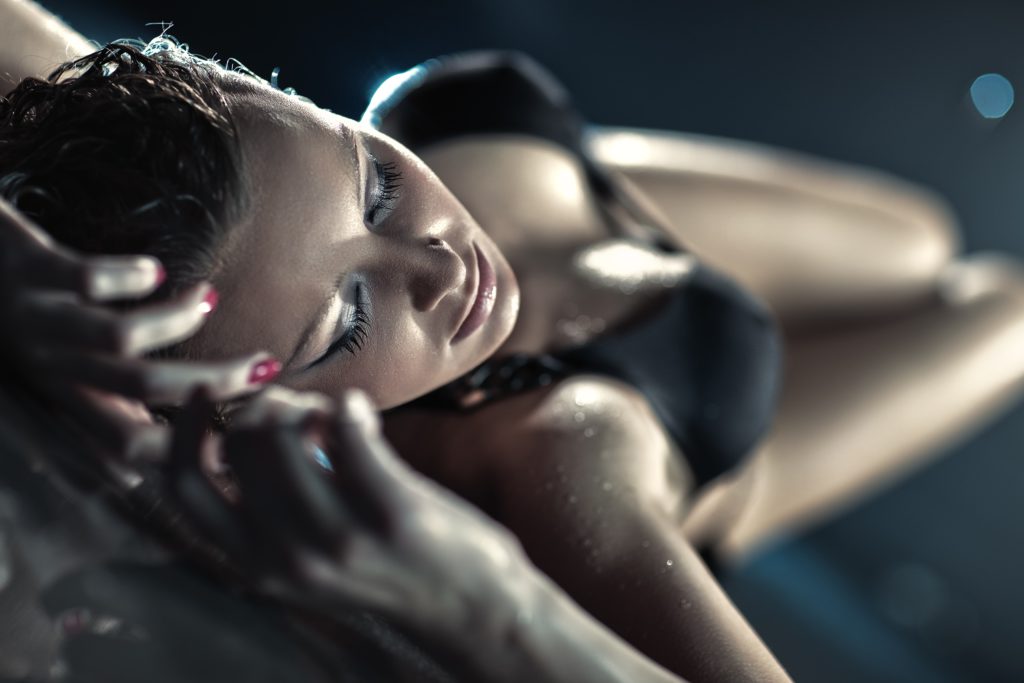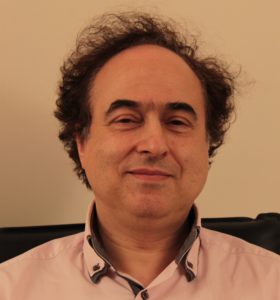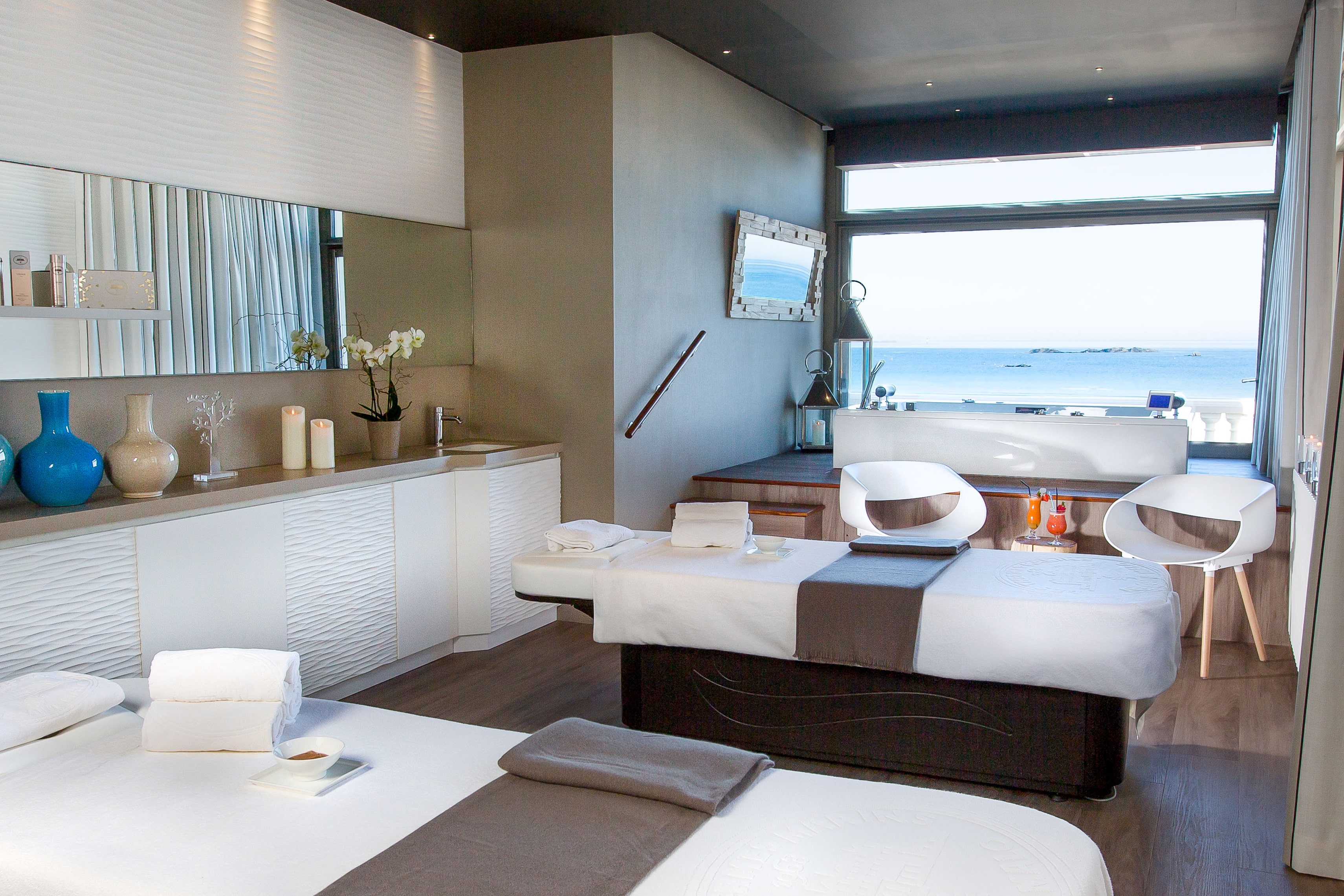By Doctor Michel Pascal
Though it was once a taboo subject, nowadays more and more women are seeking help from their doctor about their sexual problems, asking them to treat pain that occurs spontaneously or during intercourse, but also to correct any skin alterations in the labia majora and morphological anomalies in the labia minora. There are also the issues of vaginal dryness and atrophy which adversely affect a woman’s femininity and sexual health.

Before considering treating these functional or aesthetic problems, the dermatologist must first rule out any infectious, tumorous, inflammatory or iatrogenic causes. Today, various techniques enable us to treat these symptoms and make the patient more comfortable. Intra-vaginal “Mona Lisa” fractional CO2 lasers, hyaluronic acid injections and radiofrequency are suitable alternatives to the classic treatments that often yield unsatisfactory results.
Patients might come to see us about vulvodynia: chronic vulvar pain such as a localised burning sensation (vestibulodynia located between 3 o’clock and 9 o’clock) which concerns the entrance to the floor and the lower lateral walls of the vagina. But it can also specifically concern the clitoral area or can be more generalised.
Vulvodynia can be spontaneous, brought on by contact or rubbing (by tight clothing, insertion of a tampon, some sports) or during intercourse, or a combination of both. Little is known about the causes of vulvodynia, though certain cases can be brought on by a specific pathology: lichen sclerosus et atrophicus, an episiotomy scar line or a Candida albicans yeast infection.
Inflamed vulvodynia is most often observed in young women and manifests itself as vestibular pain triggered by penetration during intercourse and which is aggravated by tight clothing, the use of tampons, long periods of sitting down or bike riding. Sexual activity becomes less frequent and, in extreme cases, the patient avoids sexual relations completely. Patients suffer from reactional vaginismus and a lack of lubrication. The sufferer’s social life is also affected: they must wear comfortable, loose-fitting clothes, and avoid any sports that might trigger pain (cycling, swimming). This ailment greatly affects a couple’s relationship: the patient might be worried their partner will leave them, their libido decreases, they feel ashamed and feel like they have lost their femininity.
A careful clinical examination enables us to reassure the patient about the physiological condition of her vulva: morphological variations, presence of Fordyce spots, a “physiological” erythematous appearance of the labia majora.
The first line of therapeutic treatments are classic therapies:
– Pharmacological and cosmetic treatments
– Perineal rehabilitation
– Psychotherapy
– Surgery
 New solutions on the market!
New solutions on the market!
Hyaluronic acid injections into the vestibulodynia following an episiotomy scar or due to an unidentified cause. The technique is very simple: after applying xylocaine anaesthetic gel (possibly combined with a local injection of xylocaine) to the urethra 30 minutes before the procedure, the dermatologist injects several boluses of hyaluronic acid around the scar and into the sensitive areas. The volume of hyaluronic acid injected will cushion the painful areas at the entrance to the vagina. The side-effects are mild (a little bleeding for a few hours) and not very painful. In 5% of cases, temporary inflammation may occur but this disappears after a few hours. For the first 10 days after treatment, the patient should ideally avoid any water-based activities – swimming, sauna, jacuzzi or spa – and they must wait a week before resuming any sexual activity. Pain and dyspareunia are consistently eased and the effects last for 9 to 12 months, after which the patient will require another injection.
The use of fractional CO2 vaginal rejuvenation lasers might also be suggested to treat vaginal atrophy and dryness. Doctor S. Salvatore (IRCCS San Raffaele Hospital, Milan, Italy) studied the efficacy and tolerance of “Mona Lisa” fractional CO2 lasers over 12 weeks in the treatment of vulvar-vaginal atrophy in post-menopausal women. After local application of oestrogen had failed, 50 patients were treated using CO2 lasers, with three sessions performed over 12 weeks. This laser turned out to be effective at improving the symptoms of vulvar-vaginal atrophy (dryness, vaginal burning, irritation, dyspareunia and urinary problems). 84% of patients were satisfied with this treatment and there were no significant side-effects.
Today, various solutions can be recommended to women who are suffering from symptoms that adversely affect their sexuality and cause problems in their relationship. The menopause can be easy to deal with thanks to straightforward, risk-free treatments such as hyaluronic acid injections and fractional lasers for vaginal rejuvenation. These traditionally “cosmetic” therapies can prove very useful in the treatment of recurrent vaginal dryness or labial lipodystrophy.
_______________________________________________________________
 By Doctor Michel Pascal
By Doctor Michel Pascal
Former attaché at Saint Louis hospital. Since 1987, he has been interested in the physical treatments and the effect of ultraviolet rays on skin conditions (psoriasis, vitiligo, alopecia). Founding member of the French association for the use of lasers in dermatology (AFPLD). He created two laser centres in Paris, where dermatologists can go if they want to master new technologies: dynamic phototherapy, Excimer, fractional CO2 lasers. Member of the ESPCR (European Society for Pigment Cell Research).












